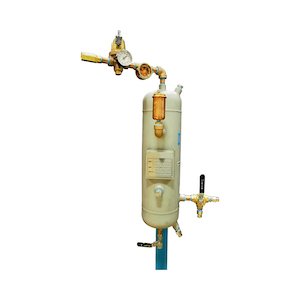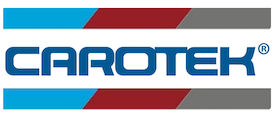ANSI standard Seal Pot Pressure Vessels
Carotek.com displays pricing in accordance with our manufacturer’s internet pricing policies. Contact us for volume discounts and quotes.
 Images are representative only - actual product may differ
Images are representative only - actual product may differPart #CRTK-SLPT-ANSI
Requires QuoteTo obtain a price quote or ask a question, add item(s) to your cart and select 'Request Information or Quote' from the cart page.
Brand : Carotek
States : GA, NC, SC, TN, VA, United States
Carotek's ANSI standard Seal Pot Pressure Vessels meet ANSI Seal Plan requirements - ASME section VIII. U and UM code stamp available. Quick ship is available on bare tanks and most additional accessories.
Type : Seal
- Industry / Applications
- Documents
Leak free seal service on petrochemical and refinery applicationsToxic FluidsEpa regulated fluidsExpensive fluidsHazardous fluids
Quote Specifications Form
Selection Guide

